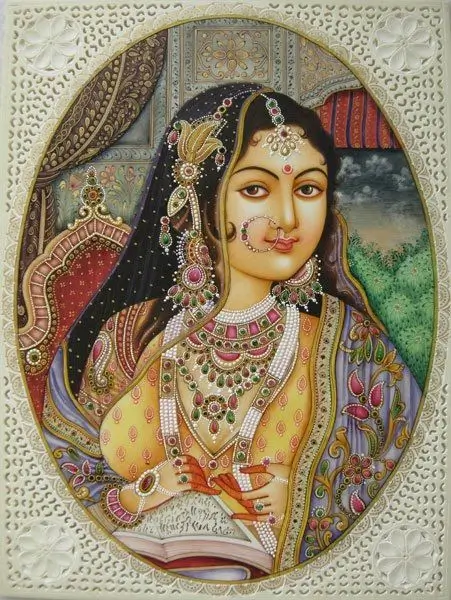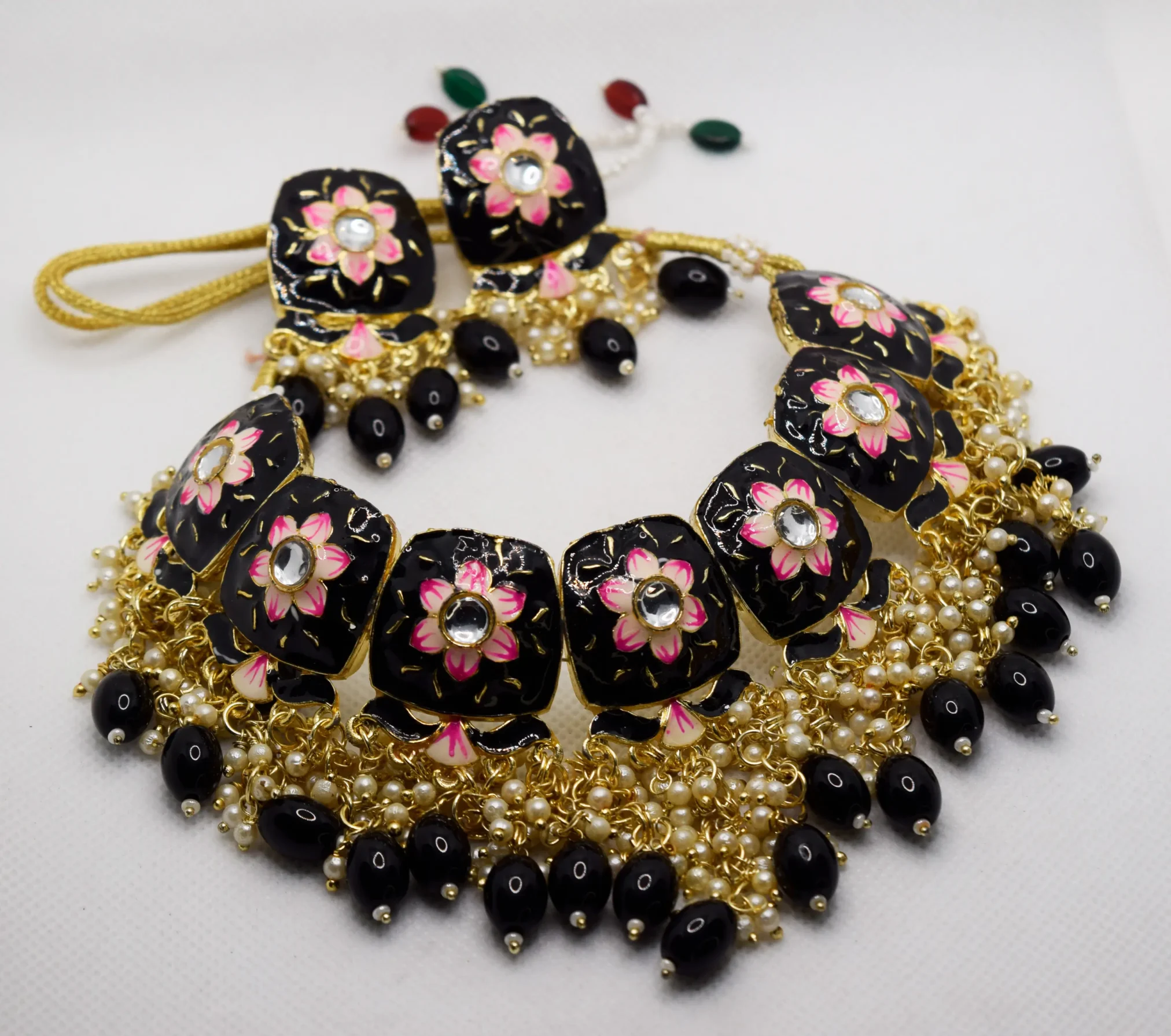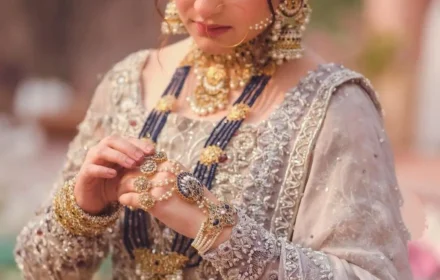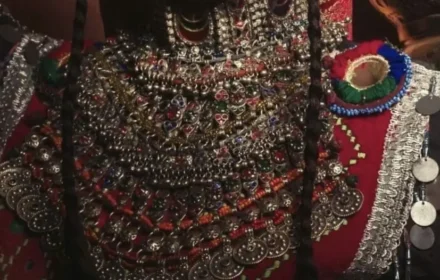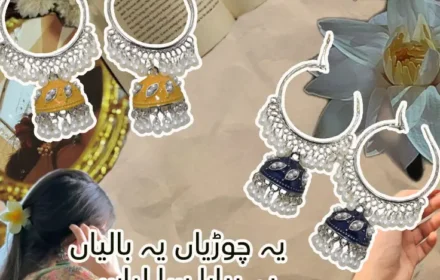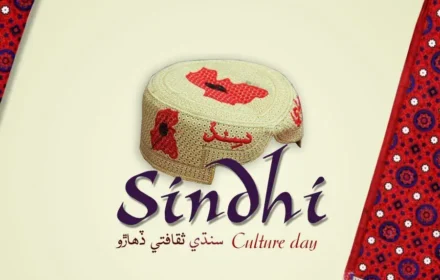Where Devotion Meets Design — Curated by Nigar Craft
The Mughal Empire wasn’t merely a dynasty of emperors and military conquests; it was an extraordinary era where faith, fine art, and fashion seamlessly intertwined into a rich cultural tapestry. Central to this intersection was Mughal jewellery — opulent artifacts teeming with intricate spiritual symbolism. Pieces often featured finely inscribed verses of the Quran, crescent-shaped talismans, and elaborate floral arabesques, each reflecting a deep reverence for the divine and serving as a visual testament to Islamic values.
Worn by royalty, nobles, and spiritual elites, these exquisite ornaments transcended their function as mere adornments. They were spiritual talismans, designed as symbolic protectors, and profound expressions of Islamic devotion, meticulously crafted from stone, enameled designs, and precious metals like gold
Mughal jewellery – Crescent Moons: Symbols of Divine Presence
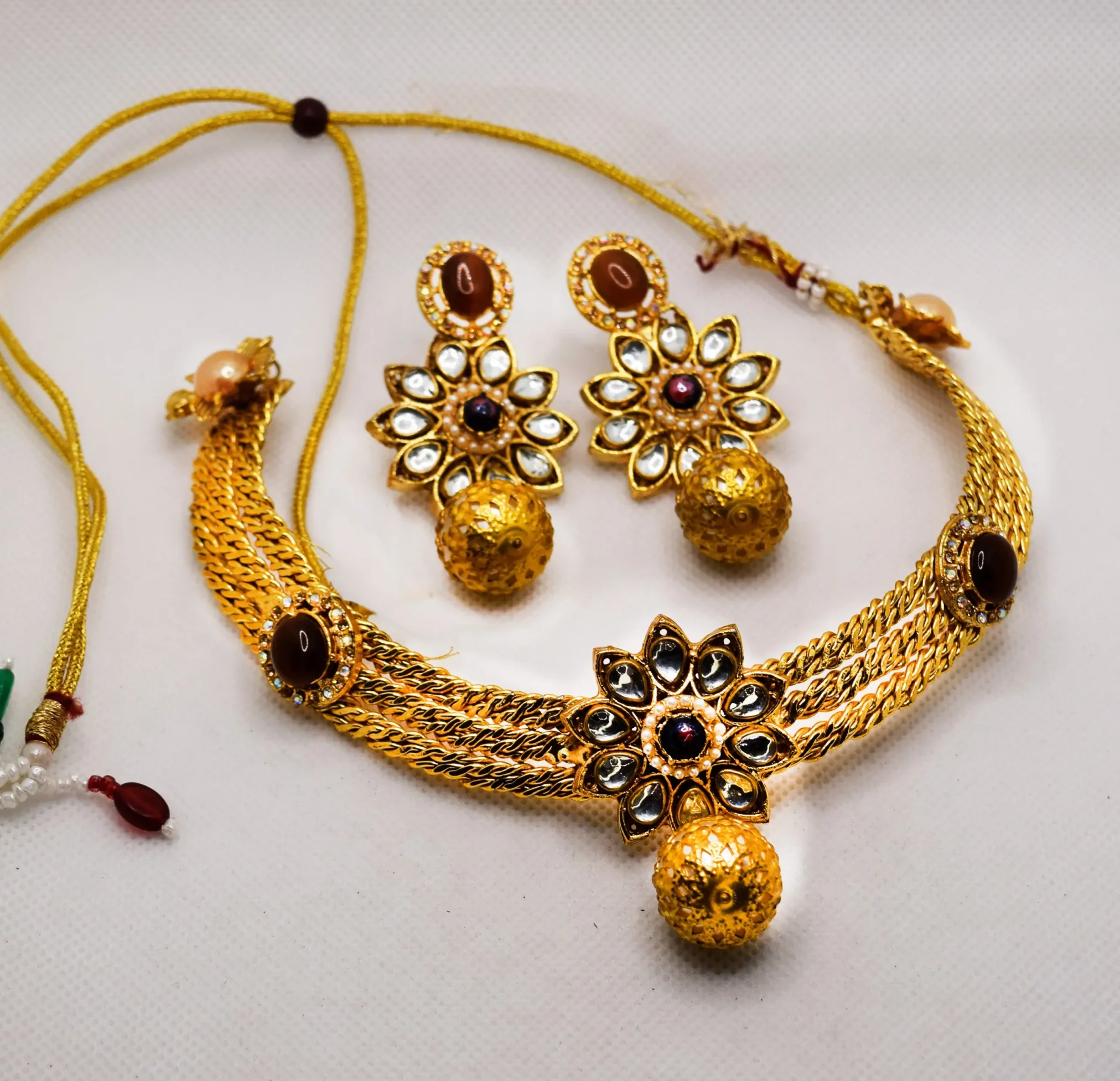
One of the most frequently employed religious symbols in Mughal jewellery was the crescent moon (hilāl), which holds enduring significance within Islamic cultures. This symbol not only represents the lunar calendar and spiritual rebirth but also embodies the divine rhythm of time, believed to carry barakah (blessing) and divine guidance. Mughal artisans creatively reinterpreted this celestial motif in various forms:
At Nigar Craft, we reinterpret this sacred symbol in:
- Crescent-shaped pendants, layered with kundan work and stone settings, linking earth to the heavens.
- Earrings and jhoomar (headpieces), adorned with crescent motifs and dangling stars to mirror the night sky.
- Turban brooches and sarpechs, just like those worn by Mughal kings — embodying divine right and royal sanctity.
Additionally, the crescent moon’s curved shape was a favored motif in sarpech (turban ornaments) and jigha, signifying the emperor’s divine right to rule and sacred knowledge.
Mughal jewellery – Floral Arabesques: Gardens of the Afterlife
In Islamic belief, Jannah (Paradise) is envisioned as a lush, vibrant garden teeming with rivers and blossoming flowers. The Mughal imagination transformed these divine visions into intricate floral arabesques—elegant, flowing vine-like patterns and delicate petals artfully carved, enameled, or inlaid into their jewellery. Key floral symbols included:
- Lotuses: Symbolizing spiritual purity and enlightenment, they often appear in relief or as suspended motifs.
- Tulips and Lilies: Associated with divine beauty and royal elegance, these flowers were crafted with meticulous detail.
- Intertwining Vines: Representing eternity and the continuous mercy of Allah, their designs echoed life’s interconnectedness.
These motifs were not only aesthetically pleasing; every curve mirrored the divine order of the universe, subtly reflecting the harmony between earthly beauty and divine perfection. Often, the reverse side of a necklace or bangle would be adorned with exquisite meenakari (enamel work) depicting these paradisiacal gardens—hidden art known only to the wearer, embodying the belief that true faith resides within the individual.
Mughal jewellery – Quranic Inscriptions: Divine Words Worn in Gold
Few forms of jewellery carry the weight of sacredness like those emblazoned with Quranic verses or the sacred names of Allah (Asma ul Husna). Mughal emperors and nobles adorned themselves with rings, pendants, and amulets intricately engraved with:
- Verses for Protection: Such as Surah Al-Falaq and Surah Al-Nas, believed to ward off malevolence.
- Blessings and Spiritual Strength: Including Ayat al-Kursi and Surah Al-Ikhlas, worn for fortitude in challenging times.
- Names of Allah or the Prophet Muhammad ﷺ: To invoke divine presence and protection.
- Shia Mughal Nobles: Also included engravings of the revered names of Panjtan Pak.
These inscriptions were often executed on semi-precious stones like carnelian, agate, jade, or turquoise, each believed to carry distinct spiritual energies. For instance, a carnelian ring engraved with “Ya Ali Madad” served not just as an accessory but as a protective emblem of courage and faith, acting as a mobile sanctuary carried into court, battle, or prayer.
Talismans and Amulets: Mughal Jewellery That Guards the Soul
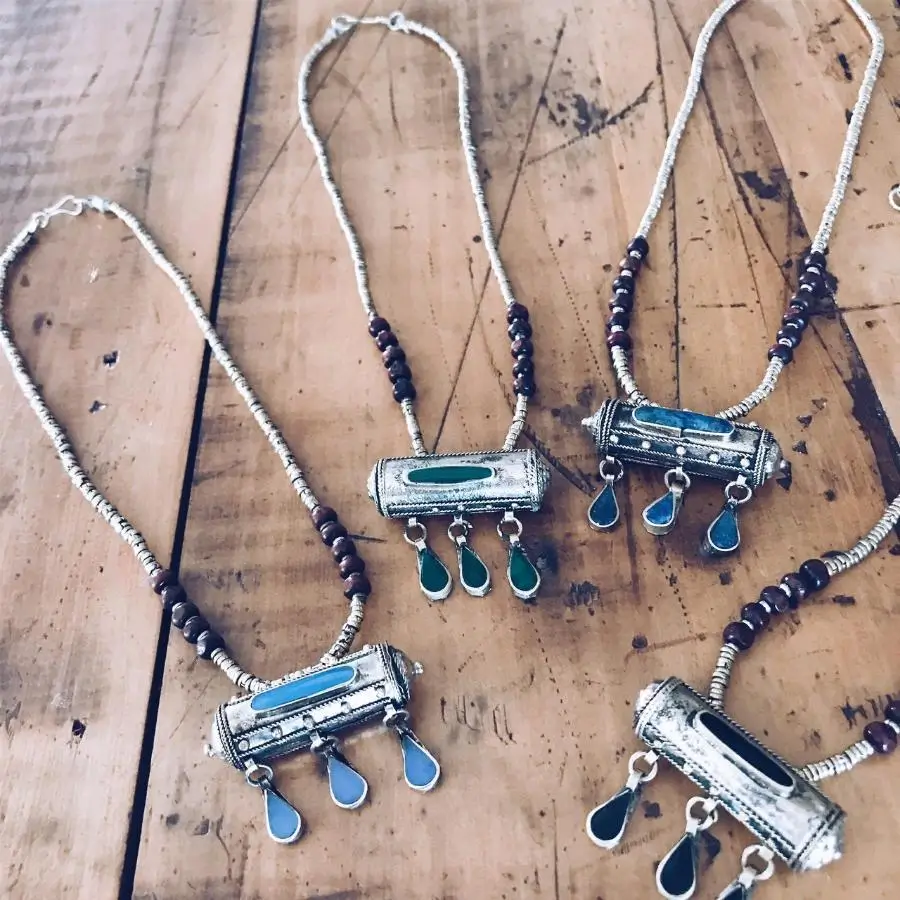
Mughal nobility believed in the metaphysical power of stones, symbols, and prayers, giving rise to tA cornerstone of Mughal spirituality was the belief that certain artefacts could repel evil, attract good fortune, and establish a connection with higher spiritual realms. This conviction led to the creation of sacred talismans—jewellery imbued with protective qualities, often encased in gold and worn close to the heart. Common Mughal talismans included:
- Hirz: Tiny scrolls of Quranic text enclosed in gold or silver cylinders, which could be worn as pendants or sewn into garments for added protection.
- Gemstone Rings: Each type of gem bore its protective significance—turquoise for warding off the evil eye, ruby for vitality and passion, jade for wisdom and serenity, and onyx for grounding stability.
- Taveez: Amulet necklaces containing handwritten prayers, especially from Islamic scholars or Sufi saints, offering spiritual solace during times of illness or journeys.
Crafted under the auspices of Sufi mystics, spiritual advisors, or royal astrologers, these talismans effectively blended scientific understanding, spirituality, and high aesthetic standards into a singular sacred form.
Sacred Design Meets Regal Elegance — The Nigar Craft Promise
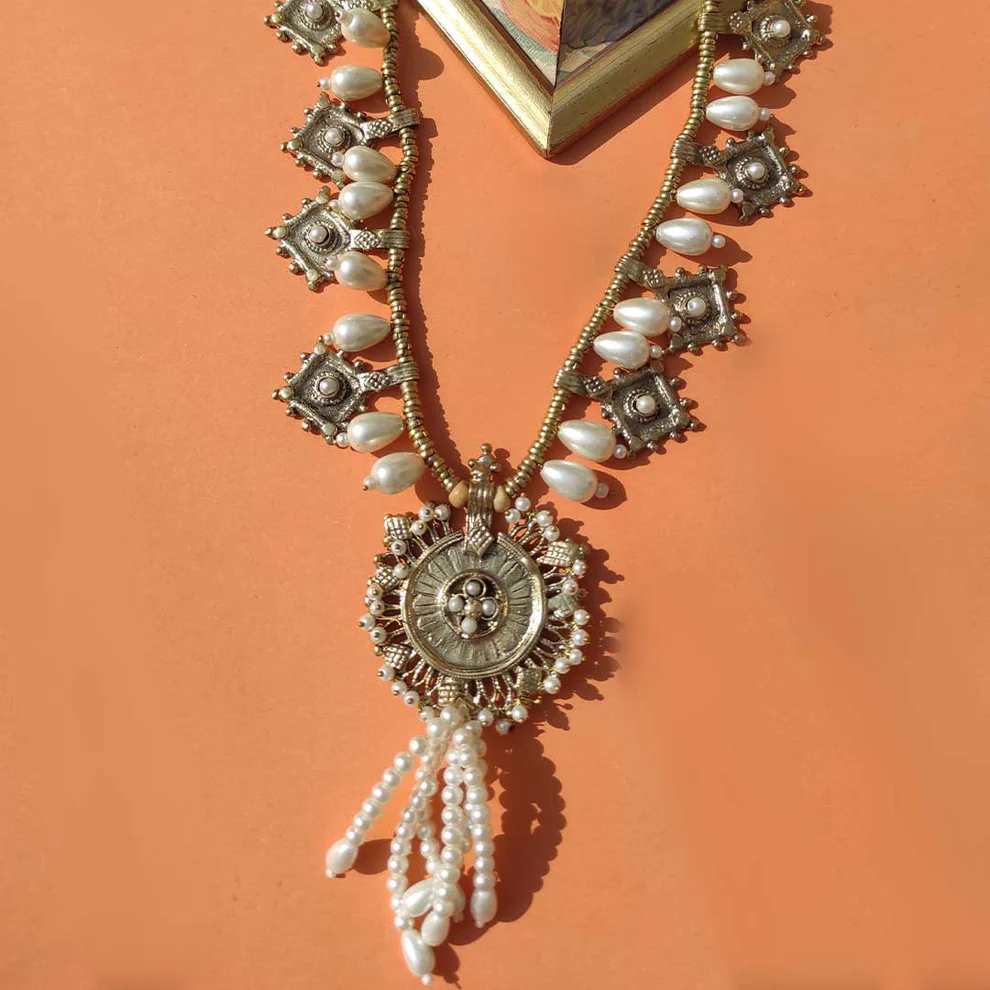
In Mughal jewellery, every design held meaning. Whether a petal or a prayer, a stone or a symbol, each piece told a story — of spiritual devotion, personal strength, divine protection, and timeless elegance.
At Nigar Craft, we don’t just recreate jewellery — we preserve stories. Each item in our collection is a living homage to the Mughal aesthetic and Islamic soul, thoughtfully reimagined for the modern wearer. Whether you wear it for fashion, faith, or family legacy — it’s more than an accessory; it’s an identity wrapped in artistry.
Final Thoughts: Mughal jewellery – Wearing Faith, Carrying Legacy
Mughal Islamic jewellery was never merely ornamental. It was sacred, symbolic, and steeped in meaning — a bridge between the spiritual and the physical. At Nigar Craft, we are proud to carry this tradition forward, crafting jewellery that helps you celebrate your roots, express your soul, and carry a piece of history with grace.
FAQs: Symbolism in Stone: Religious and Spiritual Motifs in Mughal Jewellery
Q1: What is the primary focus of “Symbolism in Stone: Religious and Spiritual Motifs in Mughal Jewellery”?
A1: The primary focus is on how devotion and design converged in the Mughal Empire, exploring the religious and spiritual motifs – specifically Islamic symbols – that were incorporated into exquisite Mughal jewellery and adornments.
Q2: What is the significance of the crescent moon (hilāl) in Mughal jewellery?
A2: The crescent moon (hilāl) is a frequently employed religious symbol in Mughal jewellery, signifying the lunar calendar, spiritual rebirth, and the divine rhythm of time. It was believed to carry barakah (blessing) and divine guidance. Its presence in items like sarpech and jigha also symbolized the emperor’s divine right to rule and sacred knowledge.
Q3: How were floral motifs used in Mughal jewellery, and what did they represent?
A3: Floral arabesques were extensively used, inspired by the Islamic vision of Jannah (Paradise) as a lush garden. These elegant, flowing patterns and delicate petals were carved, enameled, or inlaid. Key floral symbols like lotuses (spiritual purity), tulips and lilies (divine beauty), and intertwining vines (eternity, Allah’s mercy) represented the harmony between earthly beauty and divine perfection. Often, the reverse side of pieces featured meenakari (enamel work) depicting these paradisiacal gardens.
Q4: Why did Mughals incorporate Quranic inscriptions into their jewellery?
A4: Mughal emperors and nobles adorned themselves with jewellery featuring Quranic verses or the sacred names of Allah (Asma ul Husna) to invoke divine presence and protection. These inscriptions were worn for protection (e.g., Surah Al-Falaq, Surah Al-Nas), blessings and spiritual strength (e.g., Ayat al-Kursi, Surah Al-Ikhlas), and as a testament of faith. Shia Mughal nobles also included engravings of the revered names of Panjtan Pak.
Q5: What types of talismans and amulets were common in Mughal jewellery, and what was their purpose? A5: Mughal spirituality fostered the belief that certain artefacts could repel evil, attract good fortune, and establish a connection with higher spiritual realms. Common talismans included:
- Hirz: Tiny scrolls of Quranic text enclosed in gold or silver cylinders.
- Gemstone Rings: Gems like turquoise (warding off evil eye), ruby (vitality), jade (wisdom), and onyx (grounding stability) were chosen for their protective significances.
- Taveez: Amulet necklaces containing handwritten prayers from Islamic scholars or Sufi saints. These pieces were worn close to the body for spiritual solace and protection.
Q6: What was the overarching essence of Mughal Islamic jewellery beyond its aesthetic appeal? A6: While visually stunning, the true essence of Mughal Islamic jewellery lay in its profound intention. Each motif, from a single flower petal to a line of sacred script, narrated a story of devotion, identity, divine protection, and power. These pieces were not just adornments but carried a legacy of spiritual belief, artistry, and identity, effectively blending scientific understanding, spirituality, and high aesthetic standards.

